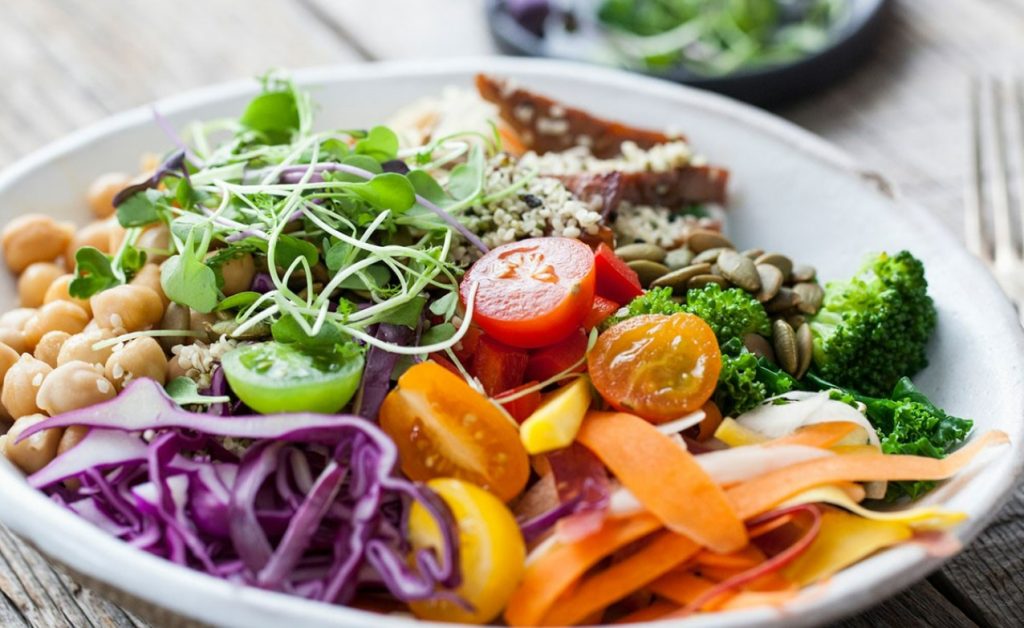Top 5 Healthiest Cooking Oils for Indian Kitchens: A Guide to Choosing the Best for Your Health
Cooking oil is a staple in every kitchen, and the choice of oil can significantly impact your health. With an array of options available in the market, selecting the right cooking oil for your diet can be overwhelming, especially in India where diverse cooking styles demand oils with different properties. From sautéing vegetables to deep-frying snacks, the oil you use plays a crucial role in both the flavor and nutritional value of your meals. In this article, we’ll explore the top five healthiest cooking oils suitable for Indian kitchens, helping you make an informed choice for better health.

1. Extra Virgin Olive Oil: The Heart-Healthy Choice
Why It’s Healthy:
Extra virgin olive oil is renowned for its high content of monounsaturated fats, particularly oleic acid, which is linked to reduced inflammation and a lower risk of heart disease. It’s also rich in antioxidants like vitamin E, which can help protect your cells from oxidative damage.
Best Uses in Indian Cooking:
While extra virgin olive oil is best known for its use in Mediterranean cuisine, it can also be incorporated into Indian cooking, particularly in salads, drizzling over cooked vegetables, or for making dressings and marinades. However, it’s not ideal for high-heat cooking, such as deep-frying or prolonged sautéing, due to its lower smoke point.
Health Benefits:
- Cardiovascular Health: Regular consumption of extra virgin olive oil is associated with lower levels of bad LDL cholesterol and improved heart health.
- Anti-Inflammatory Properties: The antioxidants in olive oil, particularly oleocanthal, have anti-inflammatory effects similar to ibuprofen.
- Weight Management: The healthy fats in olive oil can help keep you full longer, potentially aiding in weight management.
2. Coconut Oil: The Traditional All-Rounder
Why It’s Healthy:
Coconut oil, especially virgin coconut oil, is rich in medium-chain triglycerides (MCTs), which are metabolized differently than other fats and can provide a quick source of energy. It has antimicrobial properties due to its lauric acid content, which can help in boosting immunity.
Best Uses in Indian Cooking:
Coconut oil is a staple in South Indian cuisine and is ideal for frying, sautéing, and even baking due to its high smoke point. It imparts a distinct flavor to dishes like dosa, idli, and curries, making it a versatile choice for various cooking methods.
Health Benefits:
- Brain Health: MCTs in coconut oil are known to support brain health and are often recommended for individuals with Alzheimer’s disease.
- Immune System Support: The lauric acid in coconut oil has antimicrobial properties that can help in fighting bacteria and viruses.
- Skin and Hair Care: Coconut oil is not only beneficial when consumed but also works wonders as a natural moisturizer for skin and hair.
SEO Tip:
Optimize for keywords like “benefits of coconut oil in Indian diet” and “coconut oil for cooking in India.”
3. Mustard Oil: The Traditional Powerhouse
Why It’s Healthy:
Mustard oil is a traditional favorite in many Indian households, especially in the eastern and northern regions. It contains monounsaturated and polyunsaturated fats, along with omega-3 and omega-6 fatty acids, which are essential for heart health. Mustard oil also has anti-inflammatory and antibacterial properties.
Best Uses in Indian Cooking:
Mustard oil’s strong, pungent flavor makes it perfect for pickling, frying, and preparing dishes like fish curry, sarson da saag, and achar (pickle). Its high smoke point makes it suitable for deep-frying and high-heat cooking.
Health Benefits:
- Heart Health: The balanced ratio of omega-3 and omega-6 fatty acids in mustard oil is beneficial for cardiovascular health.
- Digestive Health: Mustard oil stimulates digestion and can help in improving appetite.
- Antimicrobial Properties: Mustard oil has natural antibacterial and antifungal properties, which make it a good choice for preserving food.
4. Groundnut Oil: The Nutty All-Rounder
Why It’s Healthy:
Groundnut oil, also known as peanut oil, is rich in monounsaturated fats and is a good source of vitamin E, an antioxidant that protects the body from free radicals. It’s also low in saturated fats, making it a heart-healthy choice for cooking.
Best Uses in Indian Cooking:
Groundnut oil has a mild flavor and a high smoke point, making it ideal for a variety of cooking methods, including frying, sautéing, and roasting. It’s commonly used in making Indian snacks like samosas, pakoras, and for tempering dals.
Health Benefits:
- Heart Health: The high content of monounsaturated fats in groundnut oil helps in lowering bad cholesterol levels.
- Skin Protection: The vitamin E in groundnut oil helps maintain healthy skin and protects against sun damage.
- Weight Management: Groundnut oil can be included in a balanced diet for weight management, as it provides healthy fats that are essential for satiety.
5. Rice Bran Oil: The Cholesterol-Lowering Champion
Why It’s Healthy:
Rice bran oil is extracted from the outer layer of the rice grain and is rich in oryzanol, a compound known for its cholesterol-lowering properties. It’s also high in antioxidants and has a balanced ratio of saturated, monounsaturated, and polyunsaturated fats.
Best Uses in Indian Cooking:
With its neutral taste and high smoke point, rice bran oil is versatile and can be used for frying, sautéing, and even baking. It’s particularly popular for deep-frying due to its ability to maintain nutritional stability at high temperatures.
Health Benefits:
- Cholesterol Management: Oryzanol in rice bran oil helps in reducing bad cholesterol while increasing good cholesterol.
- Antioxidant-Rich: The antioxidants in rice bran oil help in fighting free radicals, reducing the risk of chronic diseases.
- Weight Management: Rice bran oil is light and less sticky, which means it’s absorbed less by foods during cooking, making it a healthier option for weight-conscious individuals.
How to Choose the Best Cooking Oil for Your Health
When selecting the best cooking oil for your health, consider the following factors:
- Smoke Point: The smoke point of an oil is the temperature at which it starts to smoke and degrade. Oils with a high smoke point, like groundnut and rice bran oil, are ideal for frying and high-heat cooking, while oils with a lower smoke point, like extra virgin olive oil, are better suited for dressings and low-heat cooking.
- Fatty Acid Composition: Oils high in monounsaturated and polyunsaturated fats are generally healthier for the heart. These fats help lower bad cholesterol levels and reduce the risk of heart disease.
- Nutrient Content: Some oils, like extra virgin olive oil and rice bran oil, contain antioxidants and vitamins that provide additional health benefits.
- Flavor Profile: The flavor of the oil can influence the taste of your dishes. For instance, mustard oil imparts a pungent flavor, making it ideal for traditional Indian dishes, while olive oil has a milder taste that works well in salads and continental recipes.
- Culinary Use: Choose your oil based on the type of cooking you do most often. For deep-frying, opt for oils with a high smoke point, while for sautéing and drizzling, oils with a strong flavor or health benefits like olive oil or mustard oil may be preferable.
Conclusion
Choosing the right cooking oil is crucial for maintaining a healthy diet, especially in Indian kitchens where oil is used in a variety of ways. The top five healthiest cooking oils for Indian kitchens—extra virgin olive oil, coconut oil, mustard oil, groundnut oil, and rice bran oil—each offer unique benefits that can enhance both your cooking and your health. By understanding the properties and best uses of these oils, you can make an informed decision that suits your dietary needs and culinary preferences.
Incorporating a variety of these oils into your cooking routine can ensure that you’re getting a balanced intake of healthy fats, essential nutrients, and antioxidants. Whether you’re frying, sautéing, or drizzling, choosing the right oil will not only elevate the flavor of your dishes but also contribute to your overall well-being.





